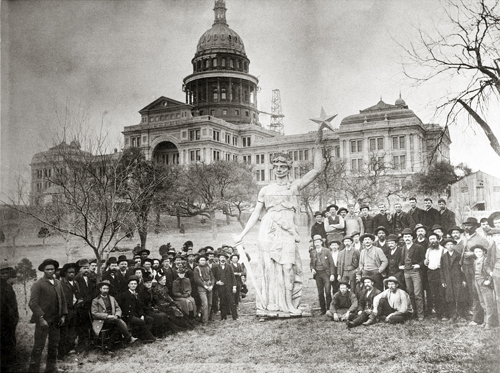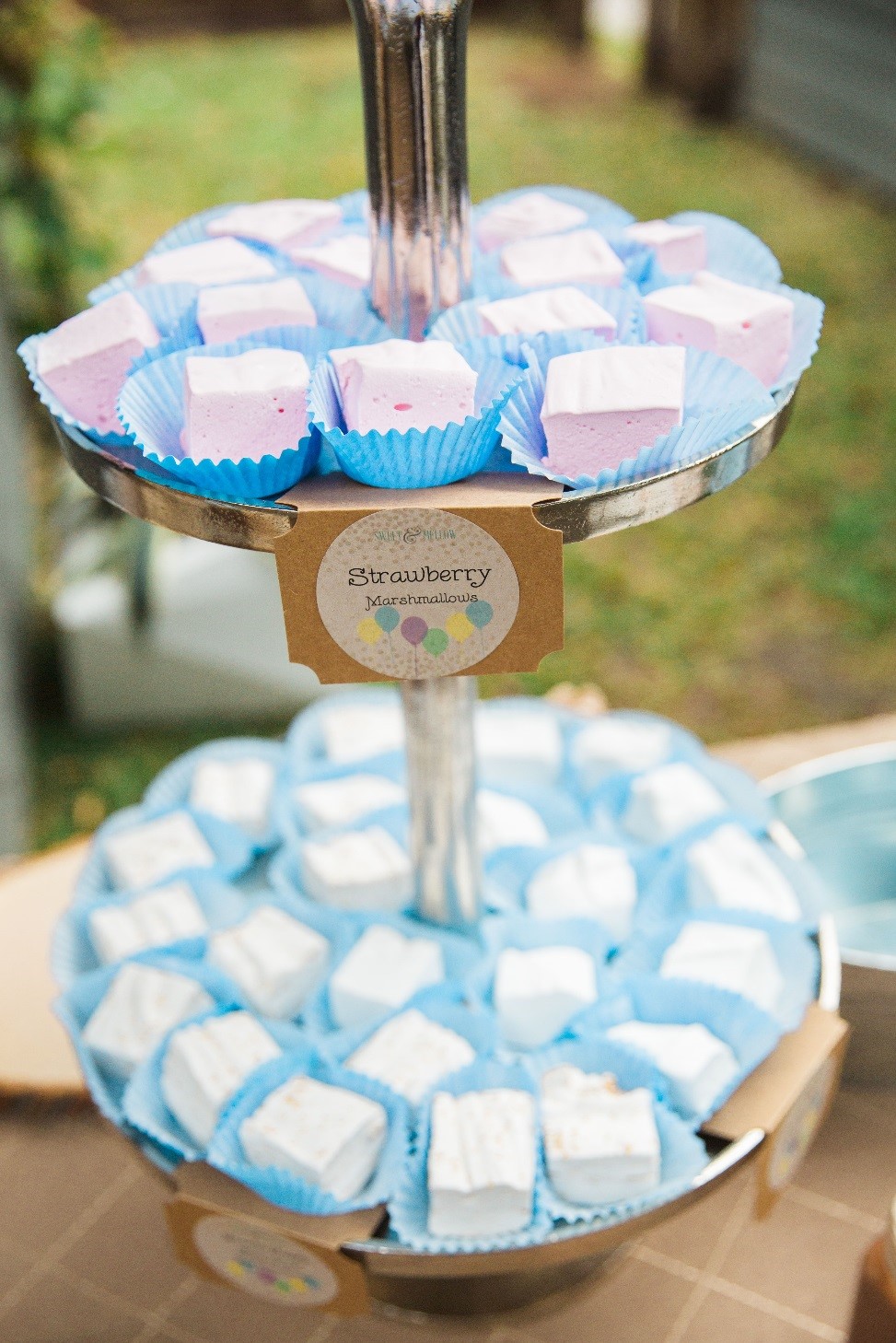Written by Chef Kevin Morris, Abuso Catering Co., one of our Museum’s exclusive caterers.
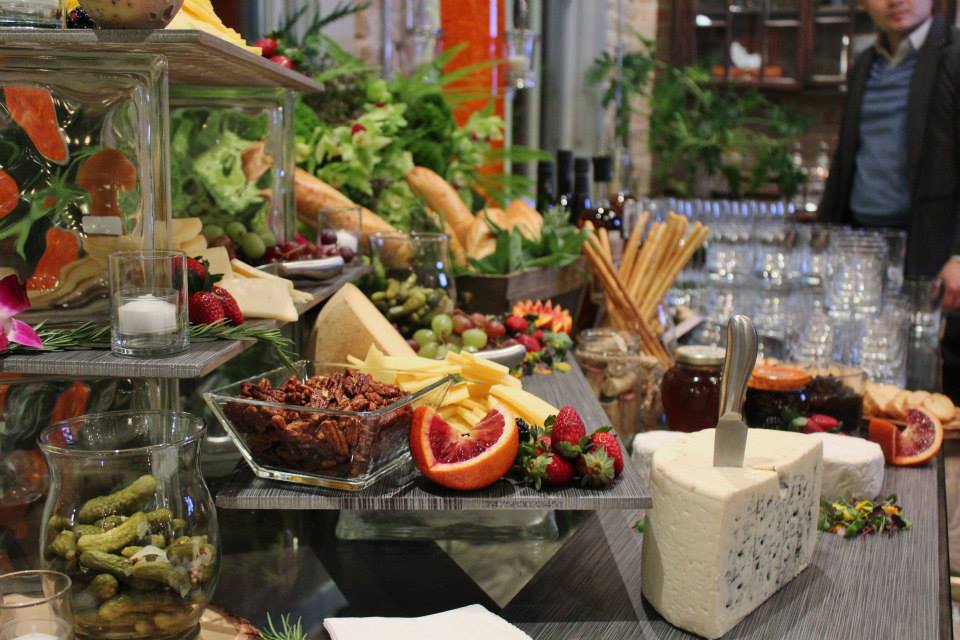
Cheese platers have been around for ages, and are a great staple to have whether at a formal event, or a casual gathering at your home. But with so many options how to you make a cheese plater everyone will remember?
Try to include a variety of textures and flavors. Most cheese belongs to one of four basic categories: aged, soft, firm, or blue. For a good variety, choose at least one from each group.
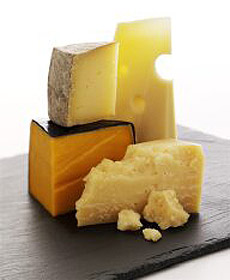 Aged: Aged Cheddar, Comte, Goat Gouda
Aged: Aged Cheddar, Comte, Goat Gouda
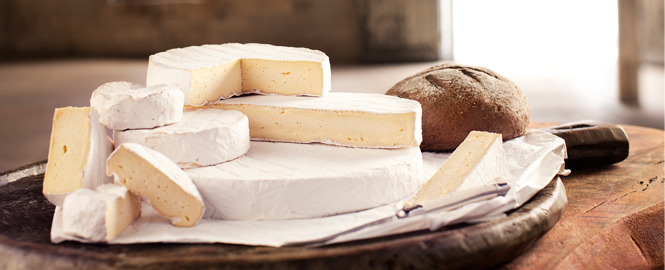
Soft: June’s Joy, Triple Cream Brie from Cowgirl Creamery, Cremont
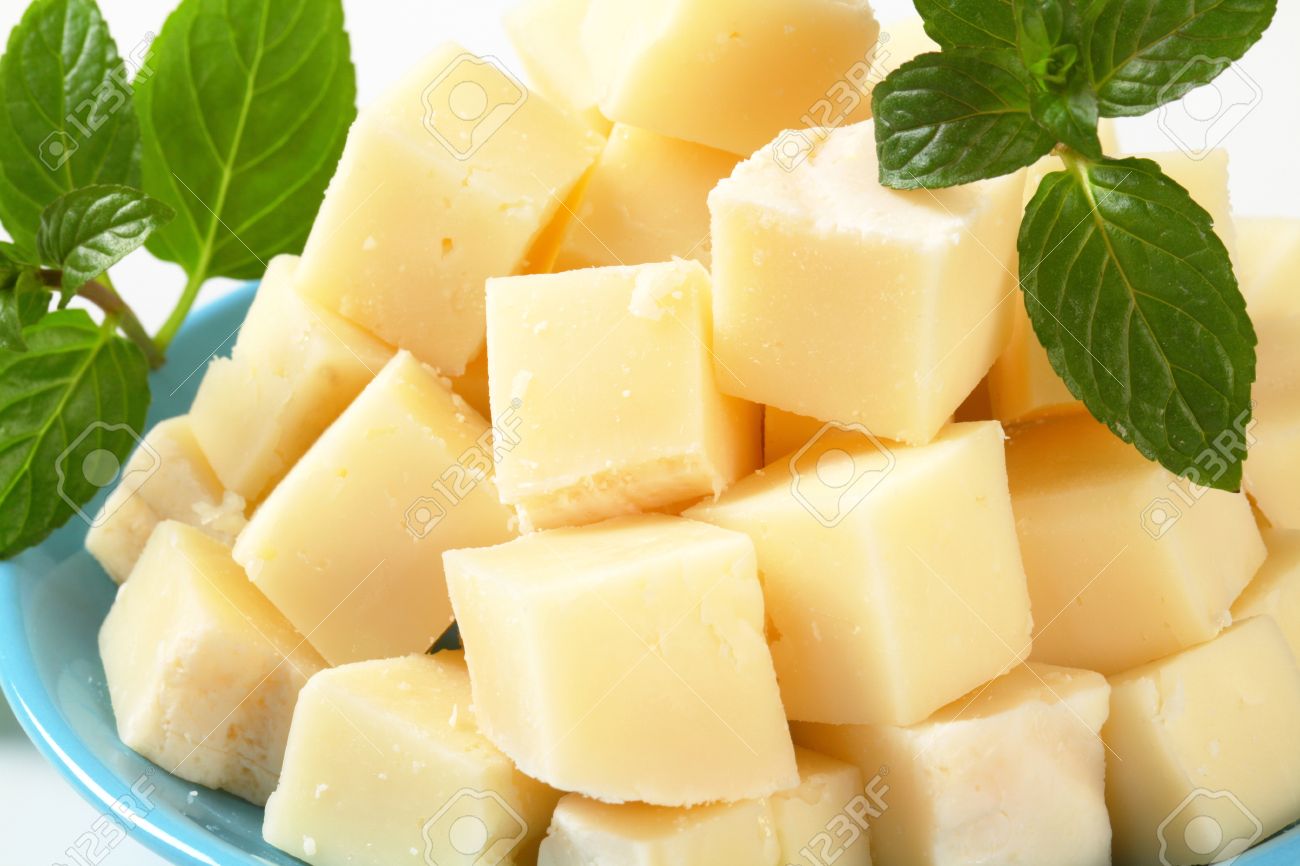
Firm: Manchego, Texas Gold Cheddar, Parmigiano-Reggiano
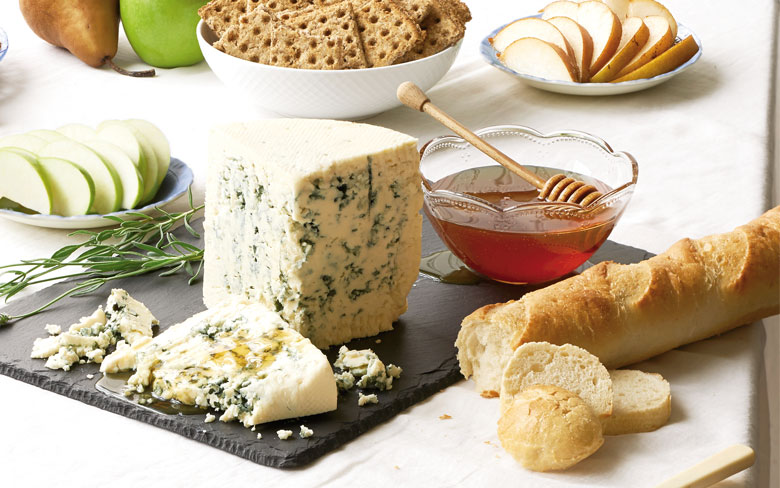
Blue: Gorgonzola Dolce, Buttermilk Blue, Red Rock, Stilton
You can also try selecting cheeses by the type of milk used (cow, goat, sheep). This will ensure a range of different flavors on the plate. Also be sure to serve at least one very interesting cheese like Barely Buzzed (Cheddar rubbed with a mix of ground coffee beans and French Lavender.
How Much Is Enough?
It really depends on the event. For display during cocktail hour, use 1 to 2 ounces of cheese per guest. If I am doing a party where the cheese display is the star, I use about 3 to 4 ounces of cheese per guest. If you are going to bring a cheese platter to a pot-luck style party, then you should be safe bringing 1 to 2 ounces per guest.
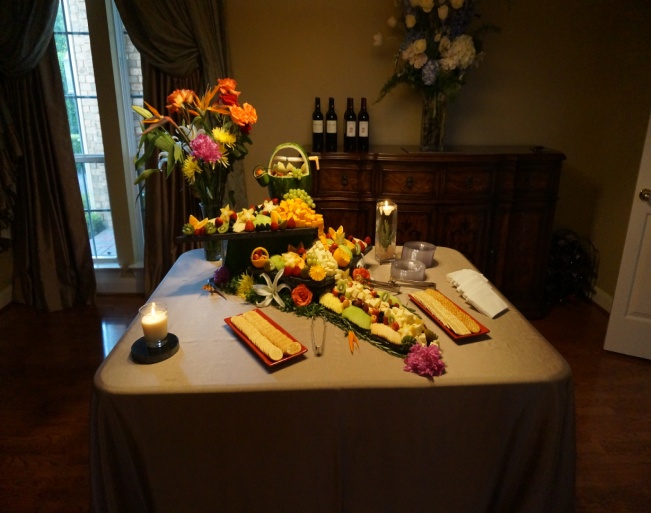 Accompaniments
Accompaniments
Offer a selection of breads, including sliced baguette, bread sticks, and crackers in all different shapes and sizes. It’s a good idea to vary taste and texture among the breads as well as the cheeses. (I personally like to toast or grill some sliced baguette)
Jarred condiments and vegetables are quick and fuss-free. Try sweet fig preserves or honey, tart chutneys, and spicy mustards. You can also add artichoke hearts, roasted red peppers, and caponata. If you have a bit more time, prepare caramelized onions, which complement most cheese plates (I make this great cherry tomato jam that I like to put out with my cheese displays). One thing you could try is infusing the honey with interesting flavors like thyme, lavender, or even ancho chili.
Various other sweet and salty items are also great additions. Try cured meats such as prosciutto and salami, or candied nuts and pistachios. I like to use Marcona almonds, which I season with fresh herbs and olive oil. Assorted seasonal and dried fruits can include figs, cherries, apples, berries, melons and pears. I use fruit to make garnishes for my trays and displays as well.
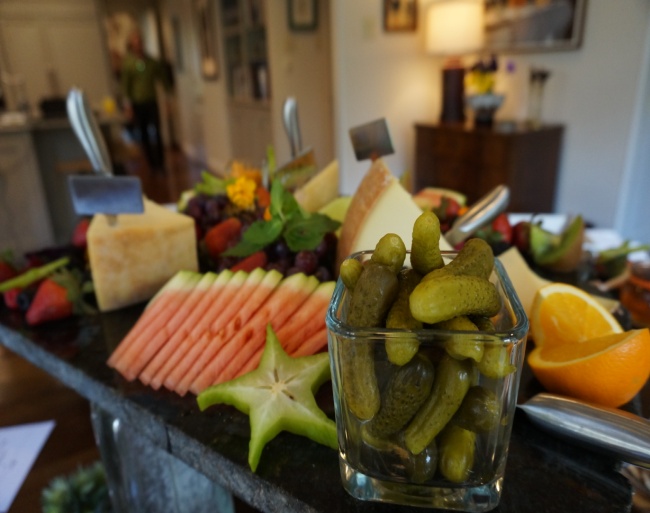
Serving Tips
- Set out a separate knife for each cheese, especially the soft varieties. Soft cheese spreads well with a butter knife; firm cheese might require a paring knife; and aged cheese often requires a cheese plane. We all have that set of cheese knives that someone gave us – you just need to find it in the closet.
- Remove the cheese from the refrigerator an hour before serving―cold mutes flavor.
- Spread out the displays. Place the cheese platters and the other nibbles on several tables to avoid guest gridlock.
- Label each cheese so you won’t need to recite the names all evening. If you like, also jot down a few poetic adjectives describing its flavor.
- When I need cheese for my clients I always call Houston DairyMaids. They can help you with your next cheese tray.
Good Luck and Happy Eating!
Our exclusive full-service caterers are trained in the policies and procedures of the Museum – making your event-planning process effortless. Each caterer is full-service and can customize your event to meet your specific needs. Learn more…






